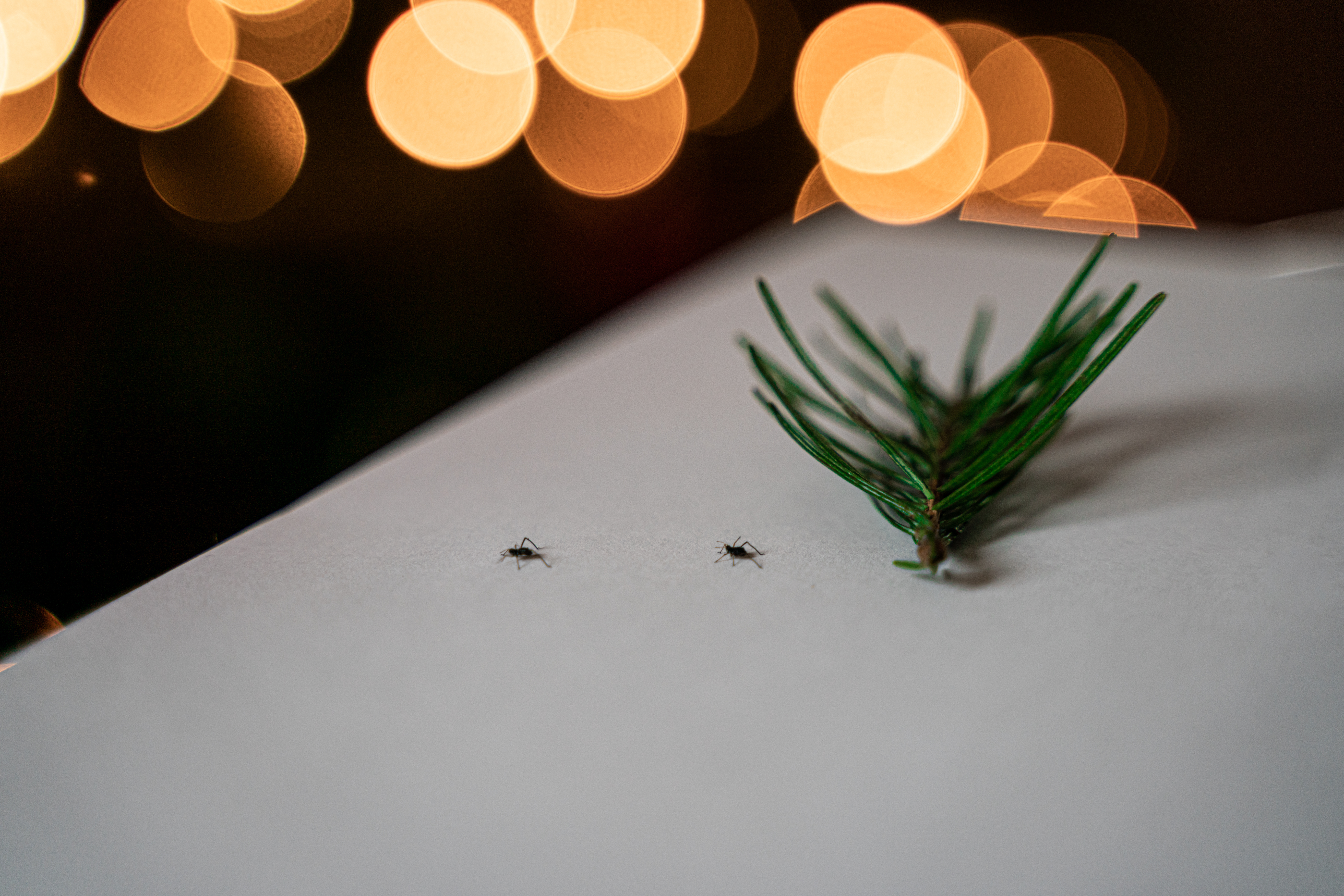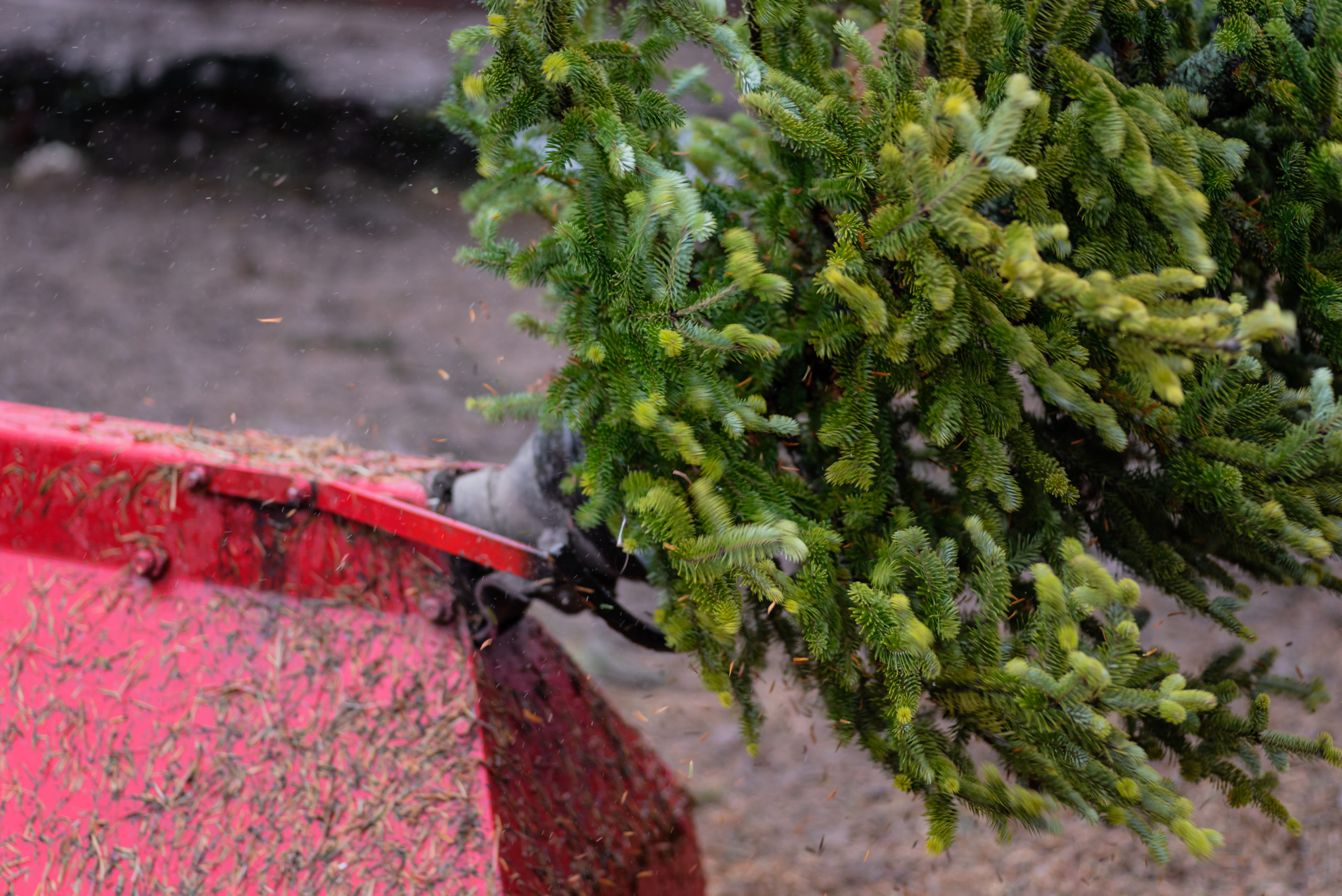Common Christmas Tree Pests
Common Christmas Tree Pests
Unwelcome Holiday Pests
If you opt for decorating a real Christmas tree this season, you may be accidentally putting yourself at risk of bringing some unwelcome holiday guests into your home. According to entomologist Dr. Michael Skvarla of Penn State University, “if you have a live tree, there’s always a chance that there may be bugs living in it.” In fact, some reports say that up to 25,000 bugs can be found in a single tree. Luckily, cases like that are exceedingly rare and most trees are void of bugs. However, it never hurts to check your tree and be aware of what bugs might be hiding within their branches. 
What Insects Hide in Christmas Trees & Why
There are a variety of insects that can be hiding in pines and evergreens, and there are three main reasons why they may be inhabiting the tree. The following are the tree reasons and the most likely pests that can be found due to those reasons: Consuming Parts of the Tree for Sustenance
- Bark Beetles
- Aphids
- Psocids
Hunkering Down in the Tree to Overwinter
- Spiders
- Pine bark adelgids
Nesting/Depositing Their Eggs to Hatch in Spring
- Praying mantis egg sacks
- Bird Mites (these will be found in trees that have bird nests)

Dangers of Christmas Tree Pests?
Thankfully, most pests that hide in these trees are more or less harmless to people. They also will typically die off quickly as they are ill-suited for survival indoors, though they can be fairly annoying until then. 
How to Avoid Christmas Tree Hitchhikers
Avoiding the chance of bringing insects in on your Christmas tree is surprisingly simple: shake the tree. A lot of Christmas tree farms and vendors have tree shakers, or you can simply give the tree a good hearty shake on your own before bringing it inside. While this is not 100% foolproof, if you did happen to select one of the few trees that does have bugs, shaking it will dislodge most, if not all, potential pests. 
Request a Free Quote Today
(We do not share your data with anybody, and only use it for its intended purpose)


